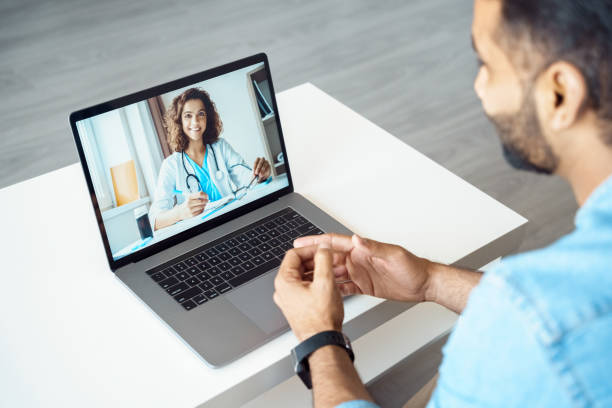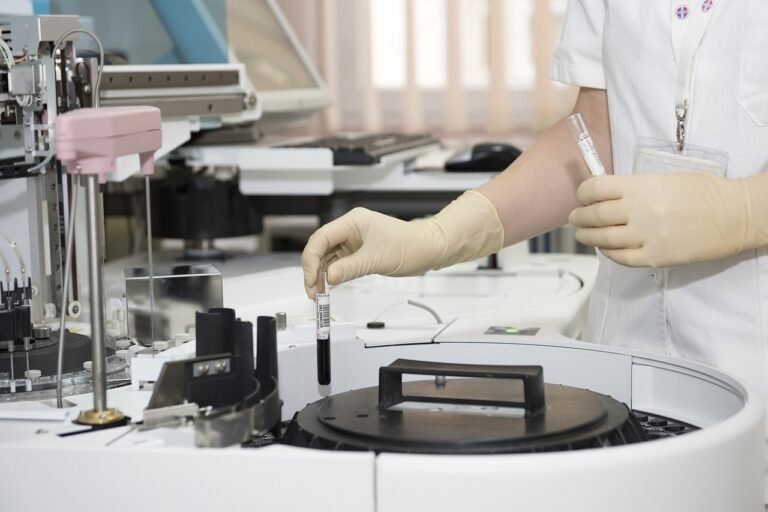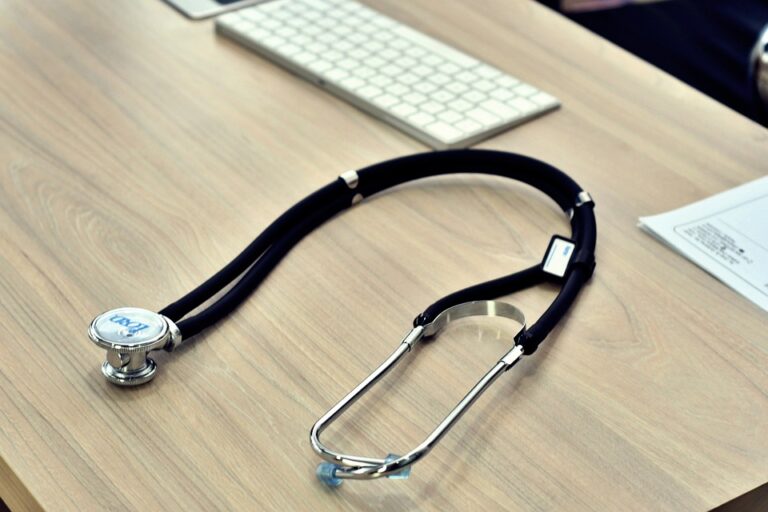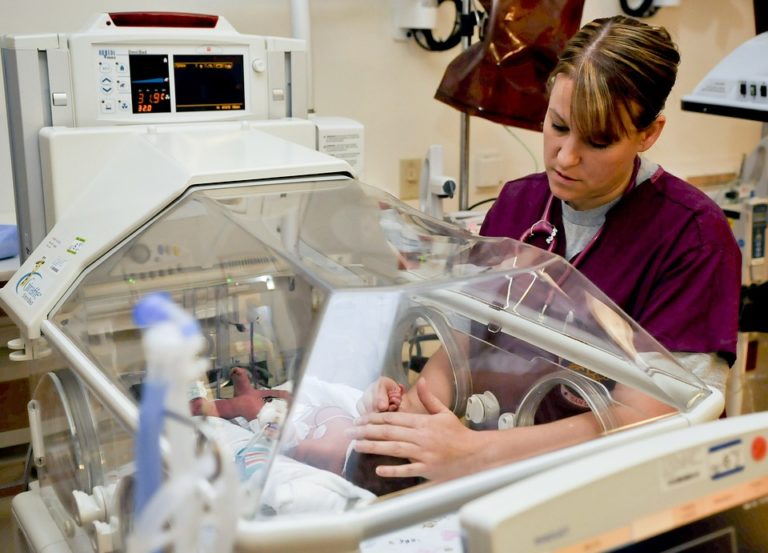Book Appointment Now

The Impact of Telehealth Data in Nursing Decisions
Telehealth has become a valuable tool for delivering healthcare to patients who may lack easy access to in-person services. Through telehealth, nurses can monitor patients, conduct assessments, and provide guidance remotely. Central to the success of telehealth is the effective use of telehealth data in nursing decisions, which allows nurses to make informed choices that improve the quality and efficiency of remote patient care. By leveraging data from telehealth visits, nursing professionals can offer precise, timely interventions, improve patient outcomes, and enhance overall patient satisfaction.
Get paper help on telehealth data in nursing decisions assignment
Order Custom Nursing Paper
How Telehealth Data Enhances Nursing Decision-Making
Telehealth generates a wealth of real-time data that nurses can use to assess patients’ health status, monitor progress, and anticipate potential issues. Data from telehealth platforms includes information gathered during video consultations, data from wearable health devices, and patient-reported symptoms, among other sources. This data provides insights that guide nursing decisions and allows for more personalized care.
For example, nurses can monitor a patient’s vital signs (e.g., heart rate, oxygen levels, and blood pressure) in real-time through wearable devices. This data helps them detect early signs of health deterioration and take preventive action, such as adjusting medication or recommending an in-person visit if necessary. Telehealth data also supports proactive management of chronic conditions, enabling nurses to help patients stay stable and avoid unnecessary hospital visits.
Key Ways Telehealth Data Improves Remote Patient Care
Using telehealth data in nursing decisions contributes to better patient care in several important ways:
- Continuous Monitoring: Wearable devices and home monitoring tools provide real-time health metrics, allowing nurses to observe changes in patients’ conditions without requiring physical visits. Also read: Telehealthcare in Nursing Homes Assignment Case Study.
- Early Detection of Issues: Telehealth data enables nurses to identify warning signs early, such as fluctuations in blood pressure for heart disease patients or decreasing oxygen levels in respiratory patients.
- Personalized Care Adjustments: Based on telehealth data trends, nurses can make individualized care recommendations that align with each patient’s health status, lifestyle, and treatment goals.
- Enhanced Communication: Data from telehealth consultations, including recorded patient concerns and compliance data, helps nurses make decisions that incorporate both clinical metrics and the patient’s own feedback, ensuring holistic care.
Making Informed Nursing Decisions Through Telehealth Data
Telehealth data equips nurses with the information they need to provide timely and data-driven interventions. Here are some practical ways nurses use telehealth data in remote care:
- Medication Management: By tracking vital signs and symptom changes through telehealth data, nurses can assess the effectiveness of a patient’s medication regimen and recommend adjustments.
- Chronic Disease Monitoring: For patients with chronic conditions like diabetes or COPD, telehealth data allows nurses to monitor daily health metrics, which helps in managing symptoms and preventing complications.
- Post-Operative Follow-Up: Telehealth provides a convenient way for nurses to monitor recovery in patients who have undergone surgery, using data to check for signs of infection or complications and ensuring the patient is healing as expected.
- Behavioral Health Support: Telehealth data from mental health sessions, combined with symptom-tracking tools, helps nurses evaluate treatment progress and adjust care plans accordingly, fostering a responsive approach to mental healthcare.
The Benefits of Data-Driven Decisions in Telehealth Nursing
Telehealth data enhances the quality of remote nursing care in a number of ways:
- Improved Access to Care: Telehealth reduces geographical barriers, allowing nurses to reach patients who live in remote or underserved areas. Data-driven insights ensure that even remote care is evidence-based and effective.
- Cost-Effective Care Management: Telehealth data allows nurses to monitor patient health remotely, reducing the need for in-person visits and minimizing healthcare costs for both patients and providers.
- Patient Empowerment: With data from wearable devices and home health monitoring tools, patients gain a better understanding of their health. Nurses can use this data to educate patients on managing their own conditions.
- Enhanced Patient Engagement: Telehealth data allows for frequent touchpoints with patients, helping them feel more connected to their healthcare providers and more involved in their care plans.
Challenges in Using Telehealth Data in Nursing
While telehealth data offers significant advantages, there are challenges to integrating this information into nursing decision-making. Issues include:
- Data Overload: Nurses may face an overwhelming amount of data from various telehealth devices and platforms. Effective training in data analysis and prioritization is necessary to help nurses identify critical information.
- Data Accuracy and Reliability: Some wearable devices may produce inaccurate readings, which can affect care decisions. Nurses must be cautious and cross-reference data when necessary.
- Privacy and Security Concerns: Protecting patient data gathered through telehealth is essential. Nurses must adhere to data security protocols to safeguard patient information.
Addressing these challenges requires a combination of robust technology solutions, training, and clear protocols to ensure data is used effectively and securely.
The Future of Telehealth Data
As telehealth technology evolves, so will the capacity to collect and analyze data in more sophisticated ways. Advances in artificial intelligence and machine learning will enable predictive analytics, where telehealth data can be used to predict patient needs even before symptoms arise. This will allow nurses to take even more proactive steps in managing patient health remotely, further improving the quality and accessibility of care.
With more healthcare organizations adopting telehealth, the need for nurses skilled in data analysis will continue to grow. Training programs that focus on data interpretation and digital literacy will be essential in preparing nurses for the future of telehealth nursing.
Telehealth data in nursing decisions is transforming remote patient care, offering nurses the tools to monitor, assess, and respond to patient needs effectively. Through data-driven decision-making, telehealth enables more accurate and personalized care, helping nurses address patient needs remotely while maintaining high standards of quality and safety. As telehealth continues to expand, its impact on nursing will be instrumental in shaping a future where quality healthcare is accessible to all patients, regardless of location.
Also read:
- Virtual care and Telehealth
- Need for Telehealth Services
- DNP 805 Discussion on Telehealth Technology Essay
- Global Telehealth Discussion







